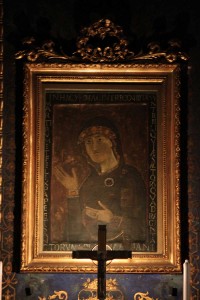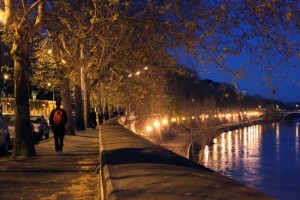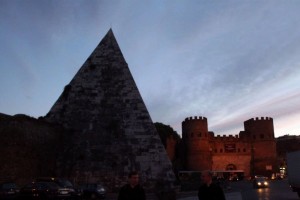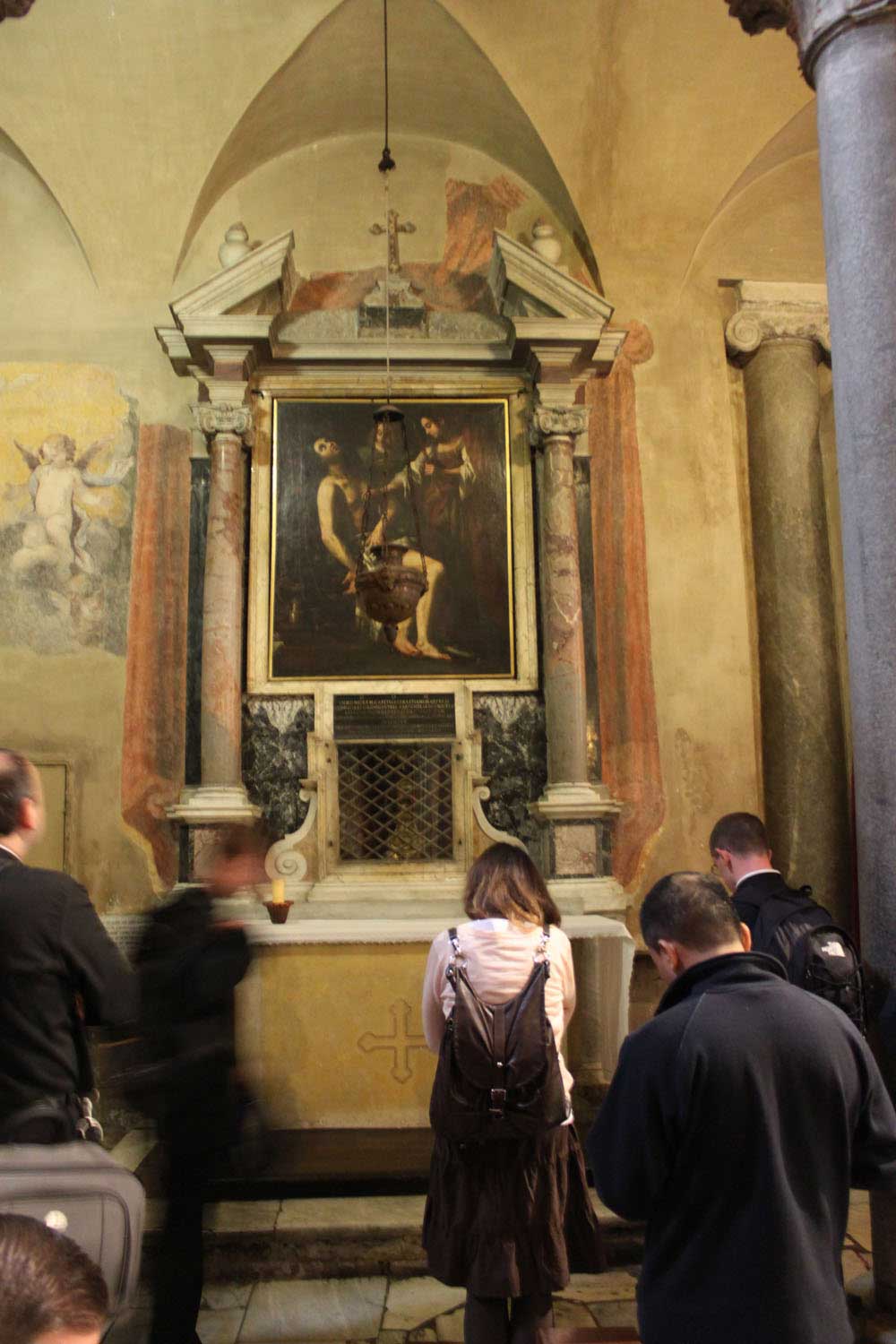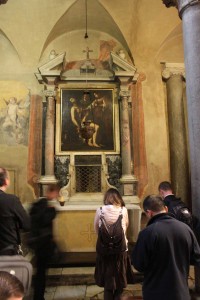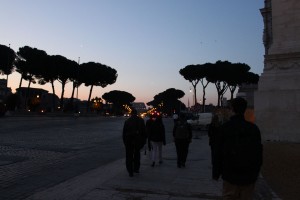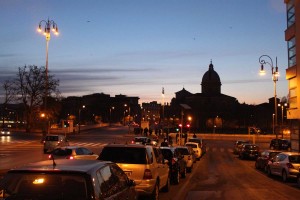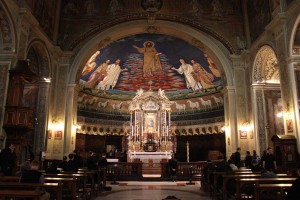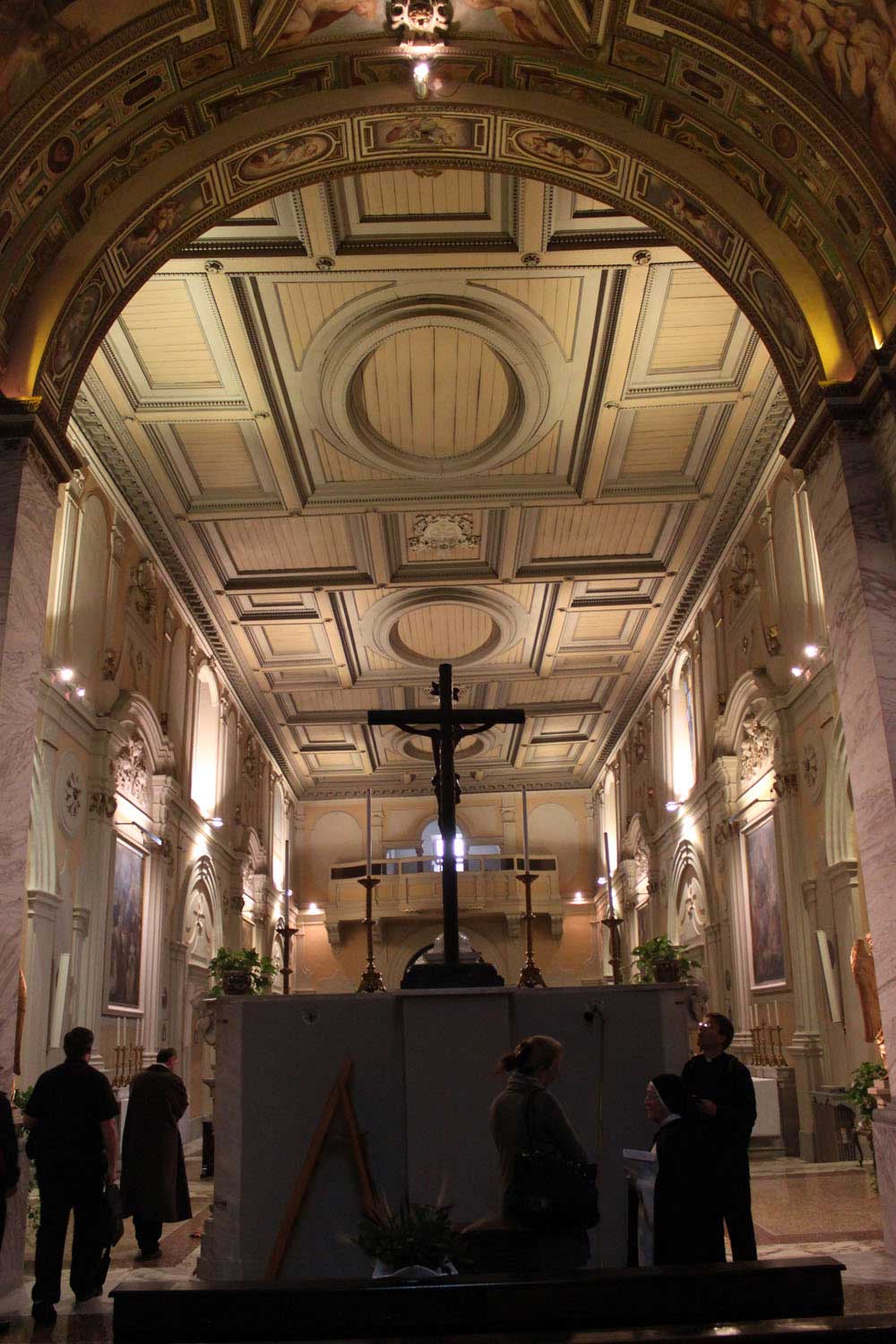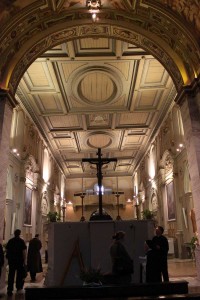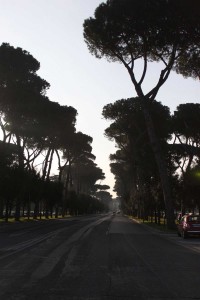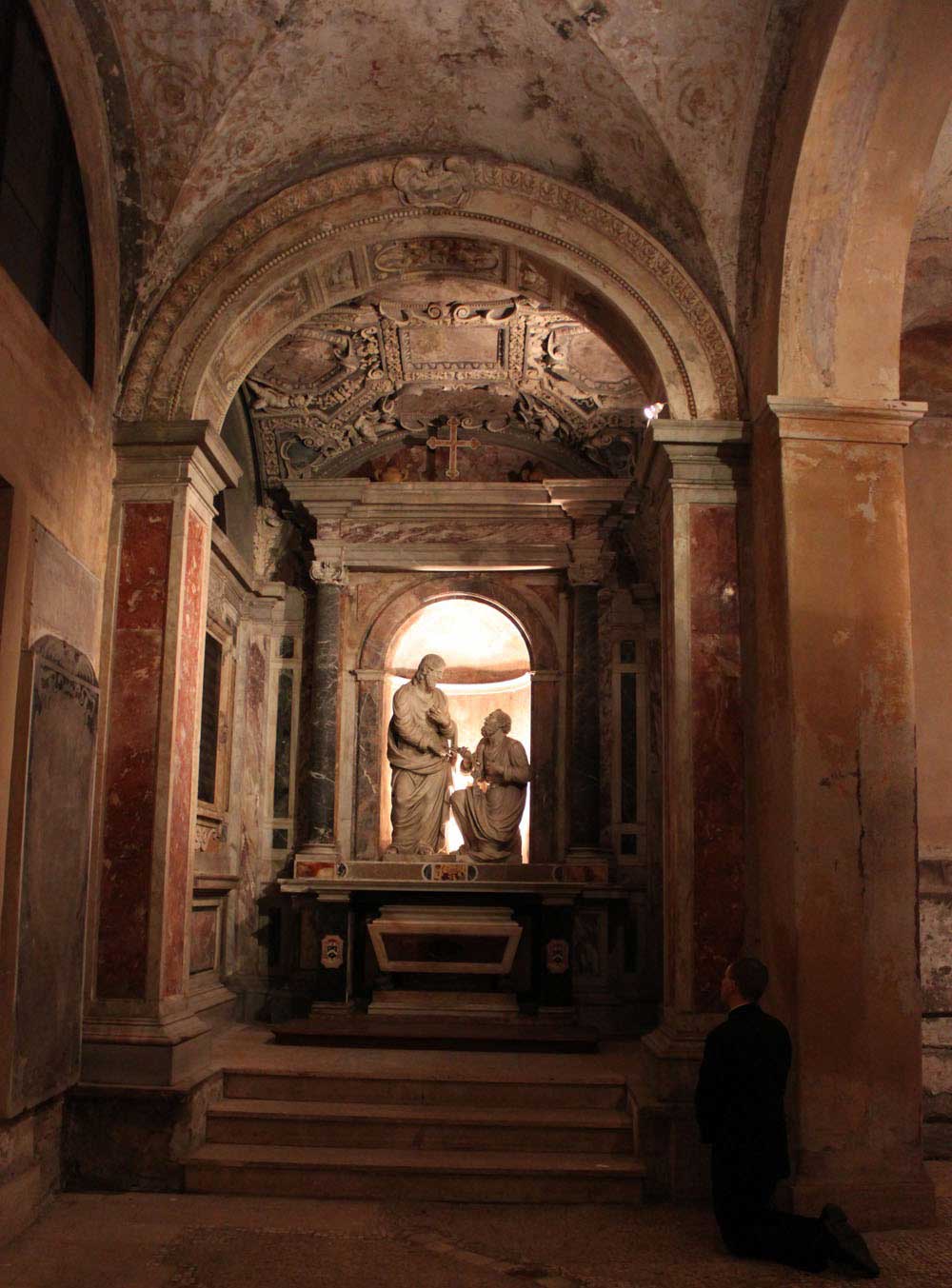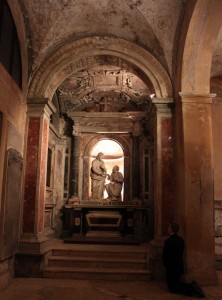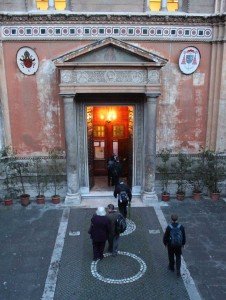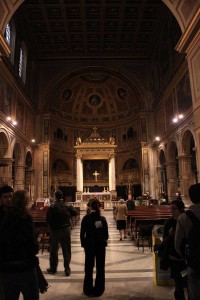 That Which Remains
That Which Remains
Today’s Church, San Lorenzo in Damaso (St. Lawrence in Damaso) once recalls the memory of St. Lawrence, the great deacon-martyr or Rome whom we celebrated earlier this Lent. Pope Damasus I (366-384) built one of the original twenty-five parishes of Rome nearby, not long after Emperor Constantine had legalized Christianity in 313. The Basilica then went through various phases: in 1484 it was demolished to make room for a new Palace, which later became the papal chancellery but included a newly designed Renaissance church within. The present basilica is the result of this Renaissance church, renovated after damages from the Napoleonic occupation of Rome at the turn of the 18th century and a fire in 1939. Of note are the remains of Pope St. Damasus, and Sts. Eutychius, John Calybites, and Hippolytus, as well as a beautiful Byzantine icon of Our Lady and a miraculous crucifix before which St. Bridget of Sweden often prayed.
The Word as an Instrument
In today’s Gospel (Jn 5:1-16) Jesus heals a crippled man. “‘Do you want to be well?’ The sick man answered him, ‘Sir, I have no one to put me into the pool when the water is stirred up; while I am on my way, someone else gets down there before me.’ Jesus said to him, ‘Rise, take up your mat, and walk.’ Immediately the man became well, took up his mat, and walked.” There’s something abrupt about this
miracle: the passage does not explicitly highlight the importance of faith in Jesus, or some great act of confidence on the crippled man’s part. Instead, the man only implicitly answers “yes” to Jesus’ question, and it is Jesus’ command, “rise,” that heals the man. The focus is on the power of Jesus’ word, and might remind us that listening to his word daily can be a powerful instrument of healing in our lives.
If Jesus’ word contains such power it must be taken seriously, and therefore we cannot dismiss Jesus’ somewhat off-putting command to the man later in the Gospel: “Look, you are well; do not sin any more, so that nothing worse may happen to you.” What a paradox—just this past Sunday we heard Jesus say a man was born blind not because of sin, but, “so that the works of God might be made visible through him.” (Jn 9:2) Has Jesus changed his mind? Does illness come from sin, or not? Following the Gospels closely and reflecting within the context of the whole Bible, we can affirm both answers. Sin can lead to suffering, as told by the story of Adam and Eve in the Book of Genesis, Psalm 107:17, and affirmed by St. Paul in his letter to the Corinthians (1 Cor 11:30). But there is need to view suffering in the context of our relationship with the Father: although God does not want us to suffer, He may allow it, and always can bring forth a greater good. It’s this truth that we will celebrate on Good Friday and Easter Sunday, when God allowed even his sinless Son to suffer, only to bring about our salvation; and it’s this truth that led St. Augustine to comment on Adam and Eve’s sin, “O happy fault that merited such and so great a Redeemer!”
Mother as Teacher
Whether our suffering is due to past sins that we’ve confessed, or is something we’ve received without personal fault, do we trust God can bring good out of either? If not, there is a shortcut: let us begin by looking through the eyes of Mary, who trusted completely in the Father, but whose heart, as a loving mother, was “pierced” as she looked upon Her Son on the Cross. Here, at the foot of the cross, Our Mother teaches us to trust in God especially when there is no human reason to do so. Images of Mary remind us to trust as she did, but even better is to allow Mary to pray with and for us, especially with the time-and-saint-tested rosary.
Written by Tim Daniel
Photos by Fr. Justin Huber
